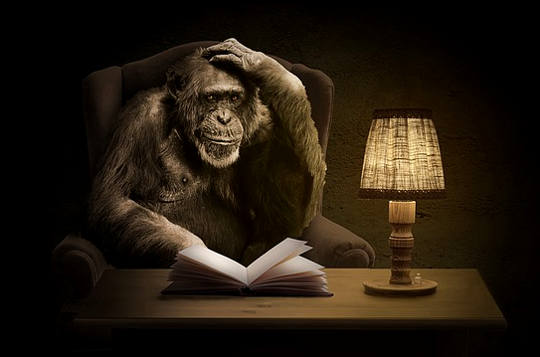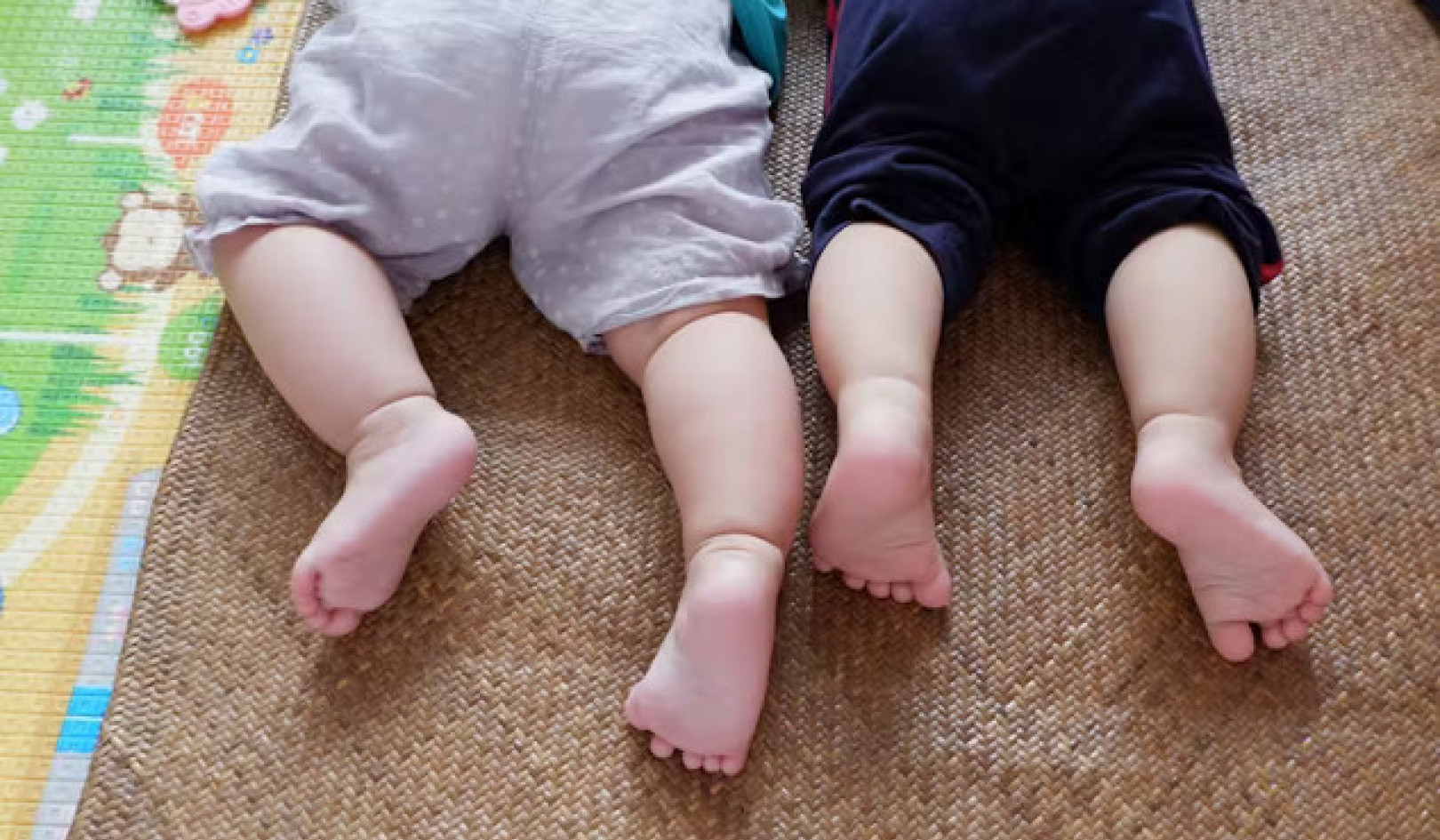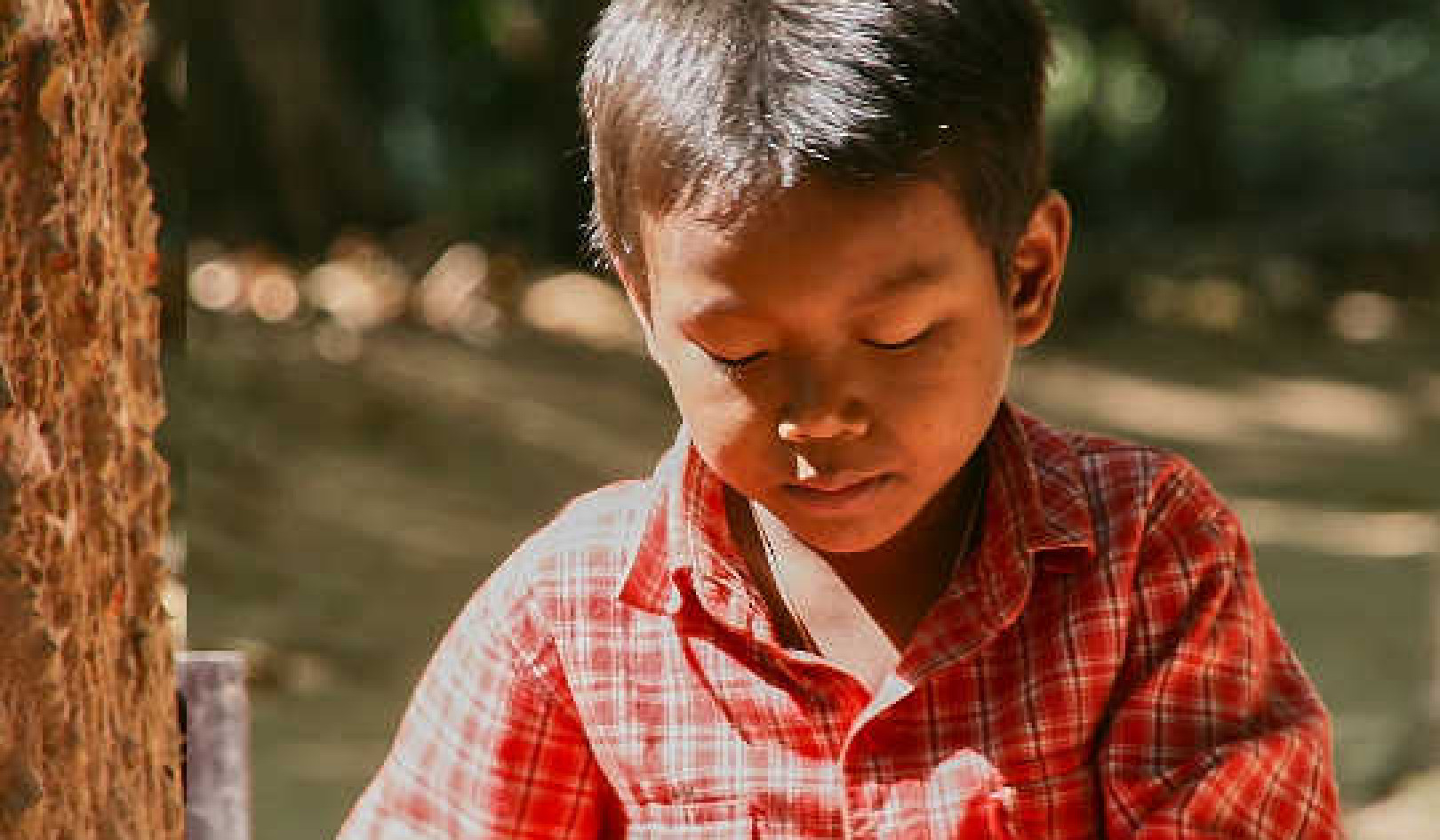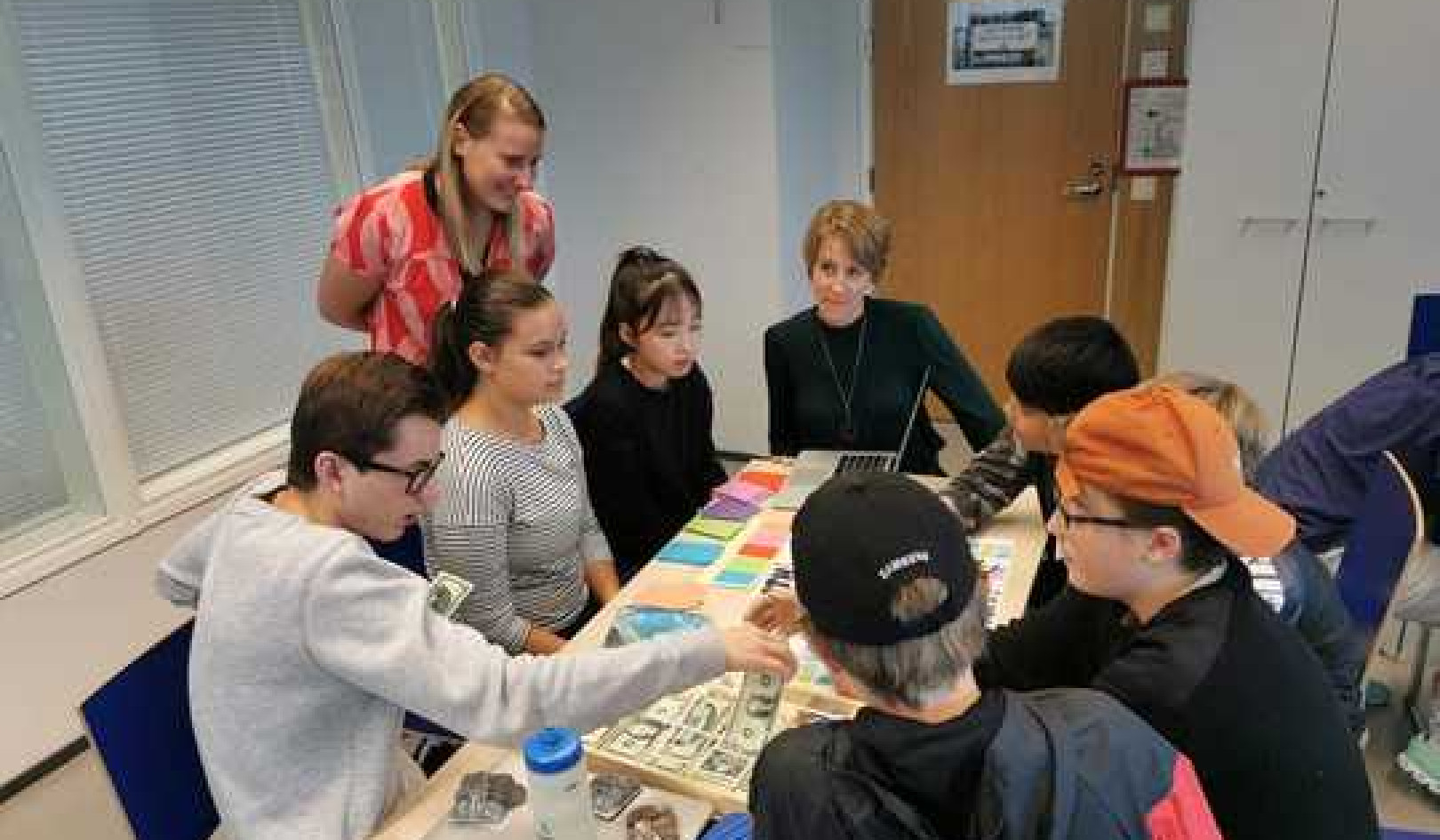
Image by Thomas Skirde
Archaeological records include many cases of art overlooked. The eye never comes innocent to its subject. Everything seen is a blend of what actually exists out there, the ‘real’ object, and the viewer’s expectations, upbringing and current state of mind. (John Pfeiffer, The Creative Explosion)
A lifetime of making and studying art has taught me that there is a world of difference between looking and seeing. Assuming that we are not visually impaired, we like to think that we see what we look at. In reality we see mostly what we think is there. Our own mind plays tricks on us. (And I am pretty sure this phenomenon makes the life of detectives investigating crimes very difficult indeed!) Previous experiences, preferences, assumptions and expectations colour what we see.
Looking means casting your eye over something. Seeing means actually comprehending and fully absorbing the information your eyes relay. In shamanism, we go even one step further: what matters is seeing with our eyes closed, seeing with our Inner Eye or the ‘X-Ray Eyes of the Shaman’. Overlooking what is there is often as much of a problem as seeing what is not there.
Dissolving Divisions and Boundaries
A key theme in my own personal journey has been the dissolving of established divisions and boundaries. My work is entirely spirit-led, meaning that even I do not know exactly what I will be doing a year from now (other than teaching courses I have committed to teaching). I often follow guidance that comes in the moment (whispered in my ear as I speak or from a significant dream I had that night).
Amazing synchronicities occur as work we do on the Inner Plane is unfailingly mirrored by events in the outside (everyday) world. This work truly weaves worlds seen and unseen together!
Audience with Our Inner Critic
No human being escapes trauma incurred from interactions with other human beings. If we are lucky the ‘damage done’ is mild and we have a strong healthy self that realises when we are being engulfed by old hurts, and we can side-step that or actively choose to heal that and rewrite the script.
If we are less lucky, those voices of the people who criticised us and traumatized us, will become internalized to the point where we are barely aware of what is going on. We hear these voices decades later as self-talk, running a scathing commentary on everything we do.
We also need to acknowledge here that we all need the Inner Critic to at least some extent. Being able to step back and reflect, with a healthy criticism, on our own actions and creations, is an entirely welcome thing. (Have you ever met a person who has not mastered this sacred art? Gives rise to ugly situations, right?)
So today, I invite you to do a shamanic journey (or meditation) and request an audience with your Inner Critic, who may appear as a man, woman or take a different form. In this dialogue, thank the Inner Critic for the gift of self-reflection and being guided away from making a complete fool of yourself.
Next, tell the Inner Critic in which areas of your life he/she is welcome to take a step back because you don’t need their help any longer. You could even agree to a gesture or code word meaning ‘back off!’ When you make that gesture (for example, a small wave) he/she will give you space. Say thank you and goodbye.
When you return, attempt to draw a picture (or create something) that is completely beyond your ability range. The point of this exercise is about giving yourself permission, about failing without feeling like a failure and learning that many a masterpiece started with the creator being unsure of what they were embarking on! Artists or authors do not say to themselves let’s start a master piece today ... Instead, they think, I have had a great idea and I will start painting or write one chapter today …
Connections And Nested Layers Of Meaning
I have been fortunate beyond belief in that a vast amount of material I studied privately (following my bliss, when my very young three children were tucked up in bed in the evenings) turned out to have relevance, resonance and profound meaning for others.
What started life as a large collection of spirit-led paintings eventually also became a large collection of spirit-led teachings. Teaching the material then led to the making of art videos and a desire to merge many different forms of expression, to dissolve the boundaries between art forms.
It is in group work with other talented people that this material has come alive, so I (and others) have been able to (begin to) access multiple nested layers of meaning by means of working in the place where art meets shamanism, For that reason, I invite all readers of this book to find (or found) their own groups and sacred art and/or spiritual communities.
I will repeat: what matters is not the path you choose but your wholehearted commitment and surrender to the discipline and ordeals this path imposes. Feel-good fluffy spirituality (‘there are no limits, I can attract or create absolutely anything I like’) fails sooner or later because it is an ego-led spirituality.
I have already taken (certain) steps to start a global network of artists dedicated to the sacred. There is a page to that effect on my personal website and I also run various groups on Facebook with different privacy settings.
Collaboration Not Competition
It has taken me years to shake off a vague irrational feeling that I was somehow in competition with other people. Early on, I chose a very unconventional direction within an unorthodox field (sacred art as a little-understood domain within contemporary art practice). I opted out of the world of mainstream art. I opted out of ‘office life’ as I much prefer working from home with my children running around me and inspiring me. I focused on motherhood almost exclusively for about eight years and gave no thought to whatever ‘career opportunities’ I might be missing out on.
Despite all of those choices (and I never regretted any of them) there was that vague niggling feeling that other people might just ‘get in there first and perhaps take something that belongs to me’. It was only when I did my shamanic teacher training with Sandra Ingerman2 in the US that I discovered how she is actively promoting models of professional cooperation and non-competition. I instantly felt at home! I started consciously promoting this new template with my own students and network with immediate effect and good results.
Extreme forms of competition (beyond a general focus on doing well and being a good sport about losing) are based on poverty-consciousness. The belief that if you have something beautiful or valuable, there is somehow less left for me. That was the unpleasant niggle that followed me until I finally released it from my life as yet another limiting belief!
If we all choose to think that there is enough to go around and that there will be more good stuff if we actively help and support each other, then that is the new vibrant reality and norm we will all co-create. Why not start right now?
The Shadow Of Community
Of course, communities have a shadow as much as individuals do and the larger communities get, the larger their shadows loom.
When we live or work in close proximity with others, the opportunities for conflict increase just as exponentially as the opportunities for learning and collaboration. Did you know that there is such a thing as ‘the mathematics of conflict’?
I am the kind of person who needs a lot of space and solitude to be able to venture out into the world and lead large groups of people through professional trainings or mystery school experiences. In a way, it would suit me to be snail and always have my house with me so I can retreat at regular intervals! Instead, I am a bear. I ‘go cave’ and seek creative forms of hibernation.
Having said that, many of my most profound experiences and soul lessons have occurred through working with other people. So I know not to go ‘overboard’ and become the Wild Woman of the Forest who is feared and only rarely sighted. She certainly lives within me but in order to learn and evolve we need to leave the comfort zone. That goes for me as much as for my students!
Visions And Missions
My dreams for the future include sacred art taking its place alongside other forms of art in the twenty-first century. Making sacred art never died out but it lost popularity and visibility, especially in the late twentieth century.
Before I die, I hope to see shows of sacred art in mainstream museums and galleries. My dream is that the making of sacred art will be stripped of the ‘slight coating of ridicule’ or ‘whiff of the outcast’ so it once again becomes a viable option on the larger spectrum of artistic expression in the twenty-first century so it can be studied, practised and shown without apology. Fancy being ‘allowed’ to use the words holy, Divinity, grace, sacrament, miracle and pilgrimage again.
Painting With A Large Brush Stroke
On an even larger (systemic or cultural) level I hope that the schism that opened up [during the Renaissance, between science and religion] is now gradually closing as the divorce between mind, spirit and matter has brought imbalances in all areas of life and within ourselves even.
If we can once again see those fields as connected and as an intricately interwoven tapestry, we can start enjoying those inter-connections, discovering the multiple layers of connection between all of those things.
My children often mirror what I am working on (even if I do not actively share that with them). Not infrequently, they will give me the missing piece or remind me to read up on something.
Just yesterday, my eldest son flopped down as I was typing away and said, ‘I need to talk to you about Nietzsche and the idea that God is dead!’ This was (of course) as I was putting the final touches to the chapter about forgotten and neglected gods creeping in through the backdoor as diseases. The same evening my youngest son climbed into bed with me and said, ‘How can we find words to describe ghosts to people who have never seen a ghost? We then need to ensure we also tell them what makes spirits different from ghosts.’ And so it goes.
Vision and Organise a Community Art Project
Embark on an art project with a group of kindred spirits. This does not need to involve painting or drawing (necessarily). It could also involve performance arts, dancing or a Christmas panto. Allow everyone to have their say and to own their own part of the collective piece.
During my art therapy course, we were once set a group task where about 15 of us were drawing on a large roll of paper. This inevitably meant that we reached the ‘social boundary’ (meaning the place where our work met the work of others).
Some people found it extremely upsetting when others entered (and scribbled across) what they considered ‘their territory’. Personally, I loved this encounter on white paper. Where other people started drawing in the place where I had made the first marks, a great meeting occurred and fresh shapes arose from that encounter. I think this was because I had a strong art practice of my own, away from this university, so I viewed this as a community project from which I could actively learn something. If someone broke into my studio and started drawing all over my personal paintings overnight, I would not be quite so happy! (Though I’d still be fascinated, I suspect.)
A related task I would set is this: actively embrace connecting and linking with others (either nearby or far off) and organise some small community projects. Such things are already taking social media by storm (at the time of writing there is a wave of posting ‘black and white photographs of your life – no people and no pets’ and I observe people getting very creative with that).
Facebook allows you to run groups (with various privacy settings) free of charge and this is an easy way for people in different locations to share and work together. From years of teaching, I know that many artistic types are not too keen on social media and that is fair enough. I do think that in today’s ‘global village’ one needs to be aware that this means excluding oneself from many opportunities.
Having said all that, Facebook groups can never replace real people (who have met in life) working together in real time and face-to-face. Every artist will need to find their own place on that spectrum and accept the pros and cons, or perhaps pick and mix.
©2018 by Imelda Almqvist. All Rights Reserved.
Publisher: Moon Books, imprint of John Hunt Publishing Ltd.
All Rights Reserved. www.johnhuntpublishing.com
Article Source
Sacred Art - A Hollow Bone for Spirit: Where Art Meets Shamanism
by Imelda Almqvist
 The greatest piece of art we will ever make is our own life! Making sacred art means stepping outside the realm of ego-led consciousness to become a hollow bone for spirit so art becomes a mystery school process. When we connect to Divine forces greater than ourselves, creative blocks do not exist and healing occurs naturally. Sacred Art - A Hollow Bone for Spirit: Where Art Meets Shamanism tells the story of sacred art across cultures, continents and historical periods and makes a plea for sacred art to once again take its rightful place in our perception. (Also available in Kindle format)
The greatest piece of art we will ever make is our own life! Making sacred art means stepping outside the realm of ego-led consciousness to become a hollow bone for spirit so art becomes a mystery school process. When we connect to Divine forces greater than ourselves, creative blocks do not exist and healing occurs naturally. Sacred Art - A Hollow Bone for Spirit: Where Art Meets Shamanism tells the story of sacred art across cultures, continents and historical periods and makes a plea for sacred art to once again take its rightful place in our perception. (Also available in Kindle format)
More books on this topic
About the Author
 Imelda Almqvist is a shamanic teacher and painter. She teaches courses in shamanism and sacred art internationally and her paintings appear in art collections all over the world. Imelda is the author of Natural Born Shamans - A Spiritual Toolkit for Life. For more about Imelda visit https://imeldaalmqvist.wordpress.com/about/
Imelda Almqvist is a shamanic teacher and painter. She teaches courses in shamanism and sacred art internationally and her paintings appear in art collections all over the world. Imelda is the author of Natural Born Shamans - A Spiritual Toolkit for Life. For more about Imelda visit https://imeldaalmqvist.wordpress.com/about/
























